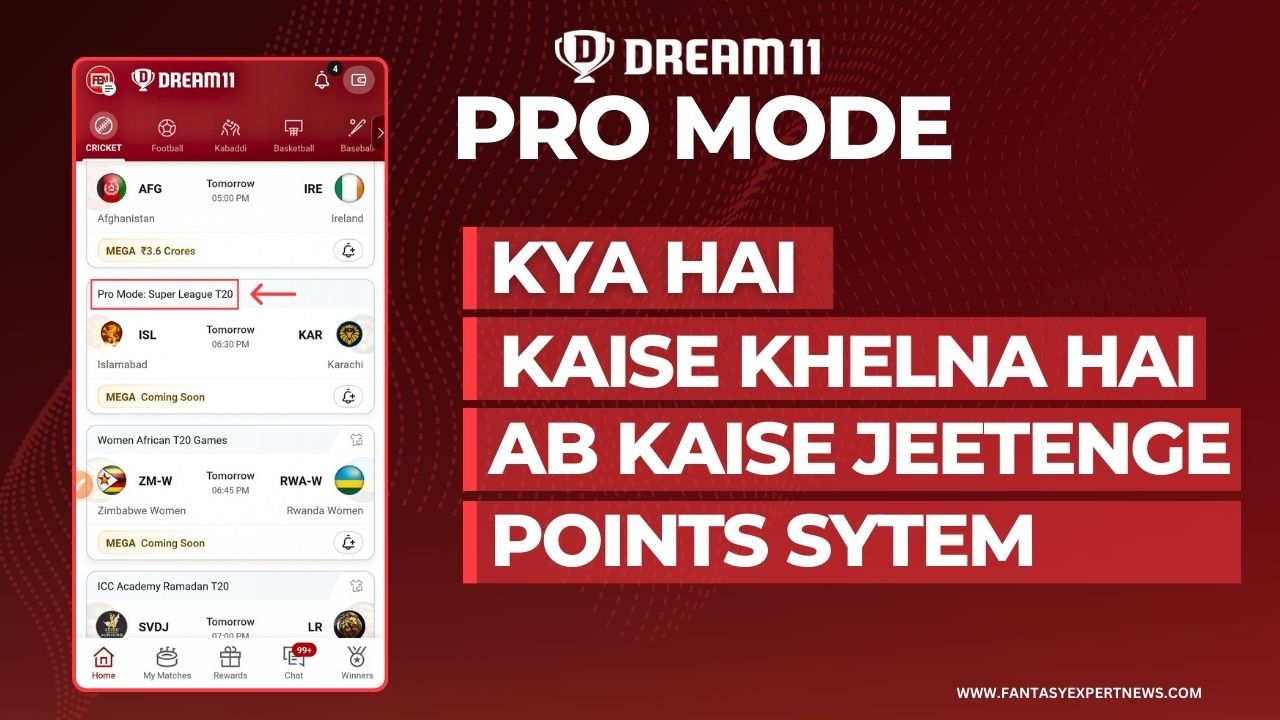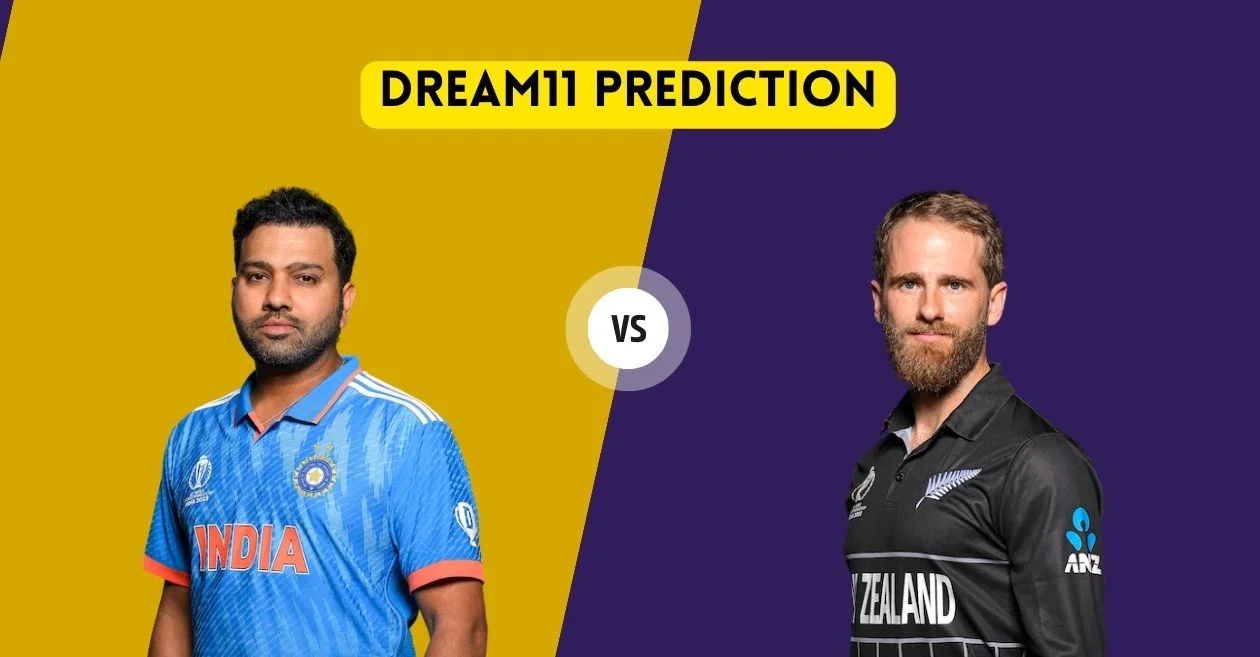VJD and DLS Methods in Cricket
VJD and DLS Methods in Cricket: A Comprehensive Analysis: Cricket, often referred to as a gentleman’s game, is filled with unpredictabilities, and one of the most significant challenges it faces is the interference of rain during matches. To tackle this issue, cricket has turned to two prominent methods – the VJD (V Jayadevan) method and the DLS (Duckworth-Lewis-Stern) method. In this comprehensive article, we will delve deep into these methods, understand their intricacies, highlight their major differences, and illustrate our discussion with real-world examples.
VJD Methods & Formula
VJD Method Full Form
VJD, an acronym for V Jayadevan, signifies the name of the creator behind this innovative alternative to the DLS method for recalculating targets in rain-affected cricket matches.
VJD Method in Cricket
The VJD method, much like the DLS method, aims to adjust the target for the team batting second in limited-overs matches when rain interrupts play. This method involves complex calculations that consider various factors, such as the current score, available resources, and the number of overs remaining, to determine a fair and balanced revised target.
Calculate VJD
VJD Calculator
Calculating targets using the VJD method entails a series of intricate mathematical formulas. Although the precise details are proprietary, the calculations take into account the current state of the game, including the score, wickets in hand, and remaining overs, to provide a revised target that reflects the altered conditions accurately.
VJD Method Full Form
The full form of VJD is V Jayadevan Method. It was devised by the Indian engineer and statistician V Jayadevan as an alternative to the Duckworth-Lewis method.
DLS Methods & Formula
DLS Method Full Form
DLS stands for Duckworth-Lewis-Stern, named after its creators Frank Duckworth, Tony Lewis, and Steven Stern. This method is widely employed in international cricket to establish revised targets in rain-affected matches.
DLS Method in Cricket
The DLS method is the go-to solution for recalculating targets in limited-overs cricket when rain disrupts normal gameplay. It utilizes a sophisticated formula that takes into account parameters such as runs scored, wickets lost, and overs remaining to determine a new target for the chasing team.
DLS Calculator
The DLS method employs a complex mathematical formula that considers both the par score (a predetermined benchmark score based on the number of overs bowled) and the current state of the game. It adjusts the target based on the resources available to the batting side, aiming to provide a fair and competitive chase.
Calculate DLS
DLS Method Full Form
The full form of DLS is the Duckworth-Lewis-Stern Method. It is named after its originators – Frank Duckworth, Tony Lewis, and Steven Stern.
Check Our Latest updates on various Category
VJD Method vs DLS Method: A Comparative Analysis
Both the VJD and DLS methods serve the same fundamental purpose – to calculate revised targets in rain-affected cricket matches. However, significant disparities emerge when we examine real-world examples.
Example 1: 20-Over Targets
| Team 1 Score | DLS Target | DLS Target Difference | VJD Target | VJD Target Difference |
|---|---|---|---|---|
| 150 | 93 | – | 91 | – |
| 200 | 124 | 31 | 118 | 27 |
| 250 | 154 | 30 | 142 | 24 |
| 300 | 163 | 9 | 163 | 21 |
| 350 | 174 | 11 | 182 | 19 |
In this example, as the team’s score increases, the DLS targets exhibit inconsistent growth. Conversely, the VJD method produces more consistent and logical target adjustments, particularly for higher scores.
Example 1 Analysis: The table above presents 20-over targets for various initial scores. Notably, the DLS targets show erratic increments, while the VJD method provides more balanced adjustments.
Example 2: 10-Over Targets
| Team 1 Score (10 Overs) | DLS Target | DLS Target Difference | VJD Target | VJD Target Difference |
|---|---|---|---|---|
| 80 | 106 | 97 | 102 | 98 |
| 90 | 115 | 103 | 110 | 100 |
| 100 | 124 | 109 | 118 | 108 |
| 110 | 132 | 116 | 127 | 119 |
| 120 | 140 | 124 | 134 | 124 |
In this scenario, the DLS targets for 10-over scores exhibit significant variations, especially for higher scores. The VJD method provides more consistent and realistic target adjustments.
Example 2 Analysis: The table showcases 10-over targets for different initial scores. Notably, the DLS targets display considerable disparities, while the VJD method ensures target adjustments remain logical and balanced.
Best Fantasy Cricket Apps in 2023
| Sr. No. | App Name | Refer code | Download Link |
|---|---|---|---|
| 1. | FantaFeat | FREEPLAY | Install Now |
| 2. | Vision11 | FREEPLAY | Install Now |
| 3. | BatBall11 | FREEPLAY | Install Now |
| 4. | Fantasy Akhada | FEN500 | Install Now |
Example 3: T20 Matches
In 20-over matches, the new DLS method has notably increased target scores compared to the previous version. While the 10-over targets for scores around 160 or lower remain quite similar among all three methods, the targets for scores of 200 or more have risen considerably in the current DLS method.
| Team 1 Score | DLS Target | D/L Target | VJD Target |
|---|---|---|---|
| 80 | 48 | 48 | 51 |
| 120 | 72 | 71 | 73 |
| 160 | 94 | 92 | 93 |
| 200 | 114 | 107 | 112 |
| 240 | 133 | 123 | 129 |
In cases where interruptions occur while the first team is still batting, the difference in targets becomes even more pronounced. For example, for a ten-over score of 80 for 1, the current DLS target is 106, compared to 97 in the earlier D/L method, while VJD’s target falls somewhere in between. For higher scores, the difference in targets between the earlier and current versions is even more significant.
| Team 1 Score (10 Overs, 1 Wicket) | DLS Target | D/L Target | VJD Target |
|---|---|---|---|
| 80 | 106 | 97 | 102 |
| 90 | 115 | 103 | 110 |
| 100 | 124 | 109 | 118 |
| 110 | 132 | 116 | 127 |
| 120 | 140 | 124 | 134 |
Example 3 Analysis: The table depicts targets in T20 matches under different conditions. Notably, the new DLS method has led to higher targets for high scores, with a notable difference compared to the earlier D/L method and VJD
The Significance of Target Adjustments
The targets set by these methods have a significant impact on the outcome of cricket matches. The examples provided clearly demonstrate that the VJD method tends to offer more consistent and balanced target adjustments, especially for higher scores. In contrast, the DLS method often results in erratic and sometimes illogical targets, leading to a potential disadvantage for the team batting first.
Conclusion
The VJD and DLS methods have revolutionized the way cricket matches affected by rain interruptions are decided. While both methods aim to provide fair and competitive target adjustments, the VJD method stands out for its consistency and logical calculations. The real-world examples we’ve examined illustrate that the DLS method can sometimes produce targets that seem unfair, particularly in high-scoring matches.
As cricket continues to evolve, it is essential for the sport’s governing bodies, such as the International Cricket Council (ICC), to closely scrutinize these methods and make informed decisions to ensure that rain interruptions do not unduly affect the outcomes of cricket matches. Transparency and fairness must remain at the forefront of such decisions to uphold the integrity of the sport.
In conclusion, both the VJD and DLS methods play pivotal roles in maintaining the integrity of cricket in rain-affected matches, but the VJD method appears to offer a more consistent and fair approach to target adjustments, ensuring that the game remains exciting and balanced for players and fans alike.
What is the VJD method in cricket?
The VJD method is an alternative to the Duckworth-Lewis-Stern (DLS) method for calculating target scores in rain-affected limited-overs cricket matches. It was developed by V Jayadevan and is used in some domestic competitions in India.
How does the VJD method differ from the DLS method?
While both methods are used to adjust target scores in rain-affected matches, the VJD method uses a different set of calculations and parameters compared to the DLS method. It takes into account the number of overs remaining, wickets in hand, and the scoring patterns of the teams.
When is the VJD method applied?
The VJD method is typically used in situations where the DLS method is not in effect, such as in domestic matches in India or in leagues that choose to use this method instead of DLS.
Who developed the VJD method?
The VJD method was developed by V Jayadevan, an Indian engineer and cricket enthusiast, as an alternative to the DLS method.
How is the VJD method calculated?
The VJD method calculates the revised target score based on the resources remaining for the team batting second. It considers the overs left, wickets in hand, and the scoring rate of the teams involved.
Are there any limitations to the VJD method?
One limitation of the VJD method is that it is not as widely recognized or used internationally as the DLS method. Additionally, it may not always provide a fair reflection of the match situation, especially in complex rain-affected scenarios.
When is the DLS method used?
The Duckworth-Lewis-Stern (DLS) method is used in international cricket and most major domestic competitions around the world. It is the standard method for adjusting target scores in rain-affected matches.
How is the DLS method different from the previous Duckworth-Lewis method?
The DLS method is an improved and updated version of the original Duckworth-Lewis method. It includes additional parameters and factors to provide more accurate target scores in modern limited-overs cricket.
What factors are considered in the DLS method?
The DLS method takes into account factors such as the number of overs bowled, wickets lost, and the resources available to the batting team when the match is interrupted by rain.
Is there a specific formula for calculating target scores in the DLS method?
Yes, the DLS method involves a complex set of calculations that take into account various match situations. The specific formula is not publicly disclosed to prevent teams from exploiting it during matches.
Table of Contents
Toggle




